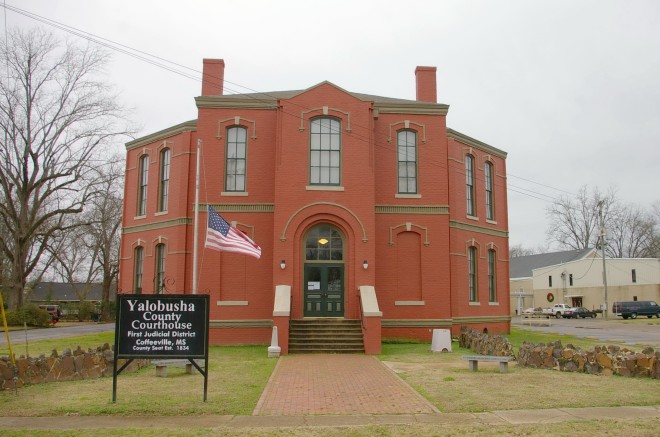Yalobusha County is named for The Native American word meaning “tadpole place”.
Surrounding County Courthouses:
N – Panola County and Lafayette County
E – Calhoun County
S – Grenada County
Created: December 23, 1833 
County Seat:
Coffeeville 1834 - 1873
Coffeeville 1873 – present ( First Judicial District )
Water Valley 1873 – present ( Second Judicial District )
* Yalobusha County has two county seats
County Courthouse – Coffeeville
Location: 14400 Main Street / Court Street
Built: 1890 – 1891
Style: Romanesque
Architect: W E Mooring
Contractor: W E Mooring
Description: The building faces northeast and is a two story dark red colored brick and wood structure. The building is located on landscaped grounds in the center of Coffeeville. The northeast front has a projecting center section with arched entrance on the first story and arched window on the second story. Behind the entrance is a rectangular section which then angles outwards to form an octagonal center section tapering to a rectangular rear section. The roof line is flat. The building houses the First District County Circuit Court of the 17th Judicial District, County Chancery Court and County Justice Court. In 2006, the building was renovated. The architect was Belinda Stewart Architects.
County Courthouse – Water Valley
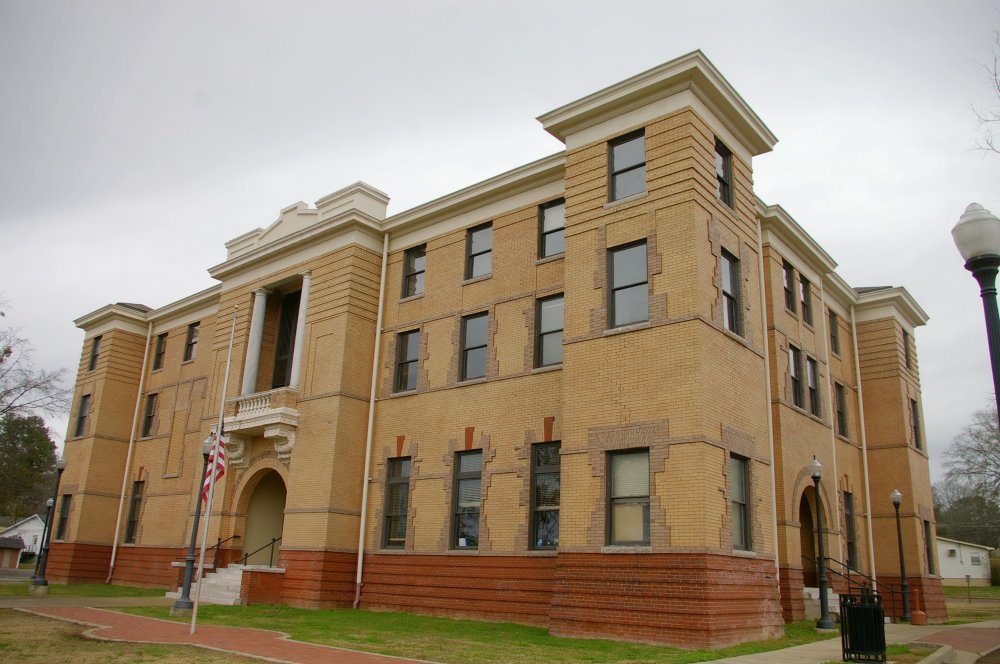
Location: 109 Calhoun Street / Railroad Avenue
Built: 1896 – 1897
Style: Neo-Classical
Architect: Walter Chamberlain & Company
Contractor: B B Williams
Description: The building faces west and is a three story buff colored brick, steel and concrete structure. The building is located on landscaped grounds in the center of Water Valley. The west front has a projecting center section with a large arch on the first story with recessed entrance. Above is a porch on the second story with two columns. At the roof line is a raised section. There are arched entrances on the north and south sides. On each corner of the building is a square brick tower. The base of the building is dark red colored brick. The roof line is flat. The building houses the Second District County Circuit Court of the 17th Judicial District, County Chancery Court, County Youth Court and County Justice Court. After a fire in 1912, the building was reconstructed. The architect was Penn Jeffries Krouse and the contractor was Lockett & Irby. During the reconstruction, C C Gunter was the superintendent of construction. In 2004, the building was restored. The architect was Belinda Stewart Architects of Eupora and the contractor was Kenneth R Thompson, Jr. Builder Inc. of Greenwood.
Note: The upper floors of this three story masonry, steel and concrete building was unusable due to serious structural deficiencies. The exterior primarily consists of a fine face brick with small mortar joints and limestone and terracotta detailing. The exterior rehabilitation of the building included reinstallation of the historic decorative cornice, cleaning and tuckpointing of the exterior masonry and restoration of the terracotta details. The interior rehabilitation included restoration of the stone tile hallway flooring, plaster, wood moldings, and structural shoring. The courtroom was restored to the former configuration including an open balcony.
See: The 17th Judicial District includes DeSoto County, Panola County, Tallahatchie County and Tate County.
History: The county was created in 1833 and Coffeeville was selected as the county seat in 1834. The county held its first meeting at the home of Thomas McMackin in Hendersonville. The county then met at a house located near McCreie’s tavern in Coffeeville until the first courthouse, a frame structure was built in 1835 to 1837. The second courthouse was a brick structure built by Bennet Higgins, David Shannon, Nicholas Rudy, P S Mann, G M Anderson, Boling Barnett and Madison Jones in 1838 to 1842 at a cost of $23,000. In 1873, Water Valley became the second county seat. The third courthouse was built in Water Valley in 1873. The fourth and present courthouse was constructed in 1890 to 1891 in Coffeeville. The fifth and present courthouse was constructed in Water Valley in 1896.
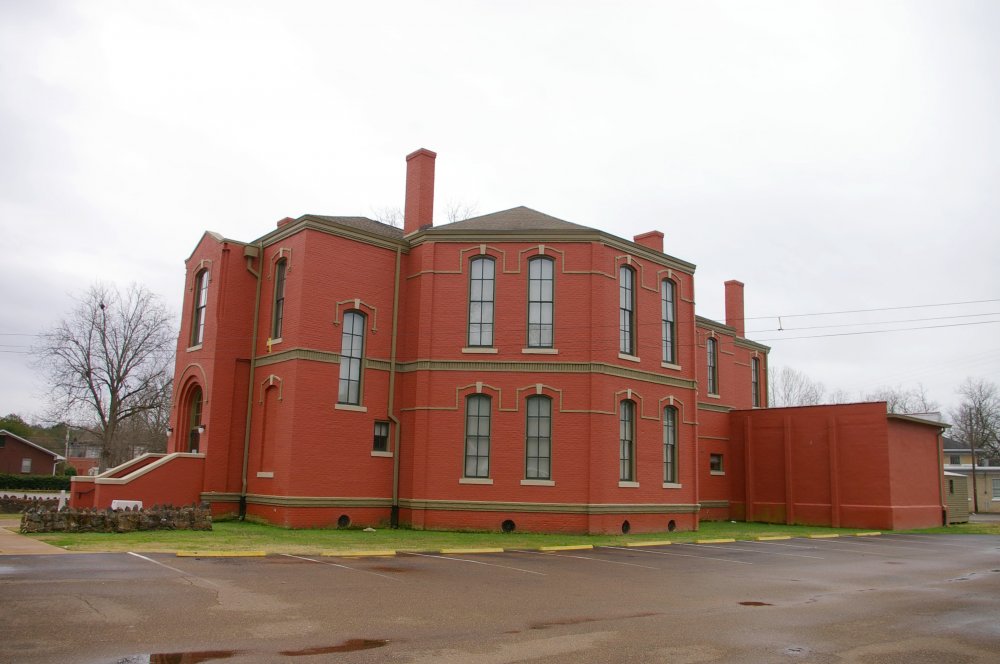
County Courthouse – Coffeeville
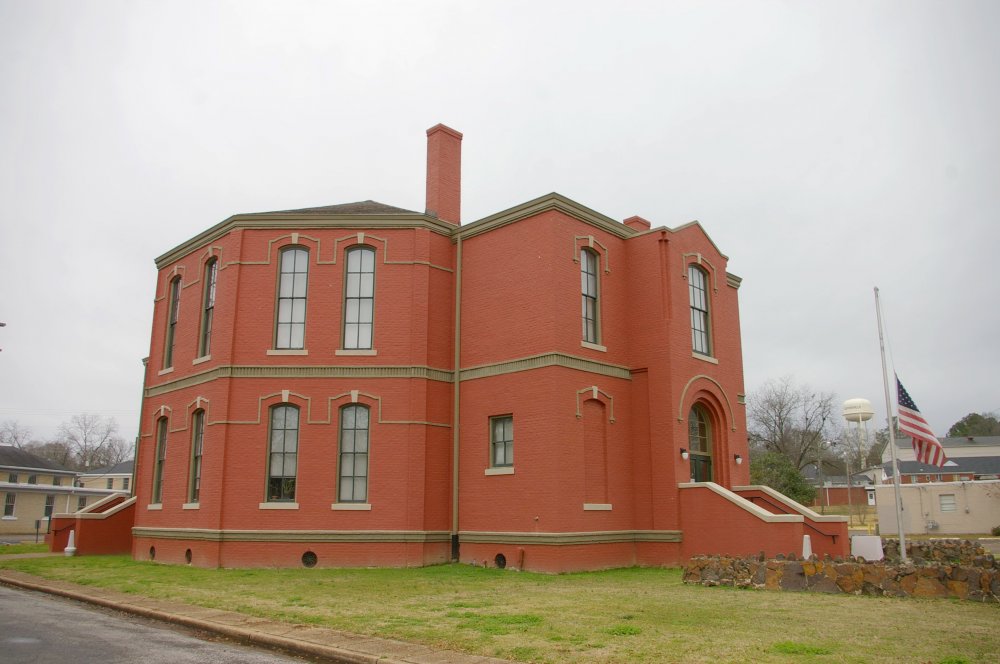
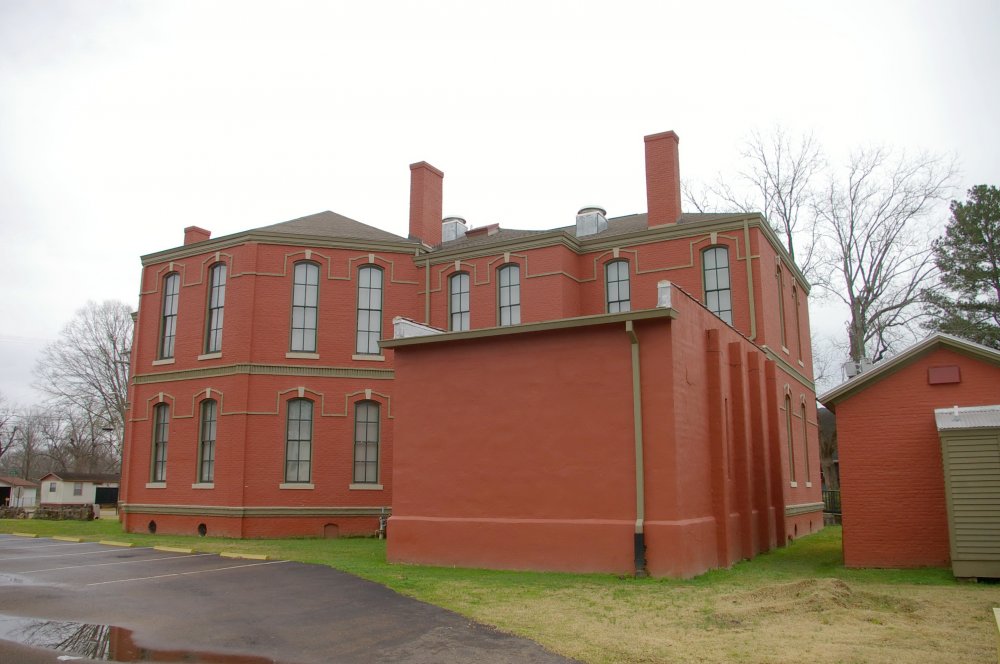
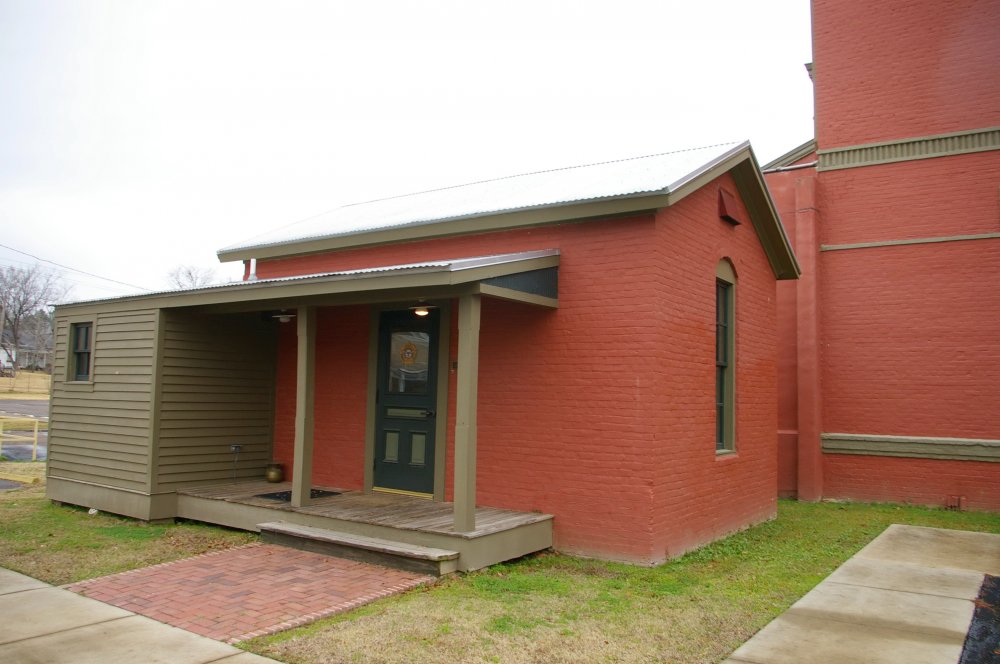
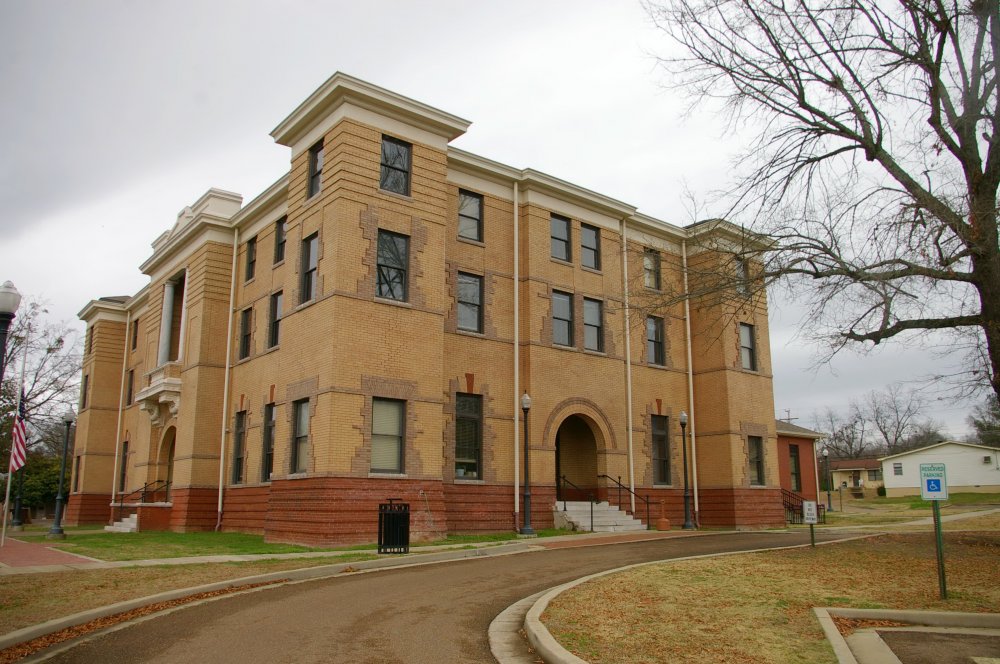
County Courthouse – Water Valley
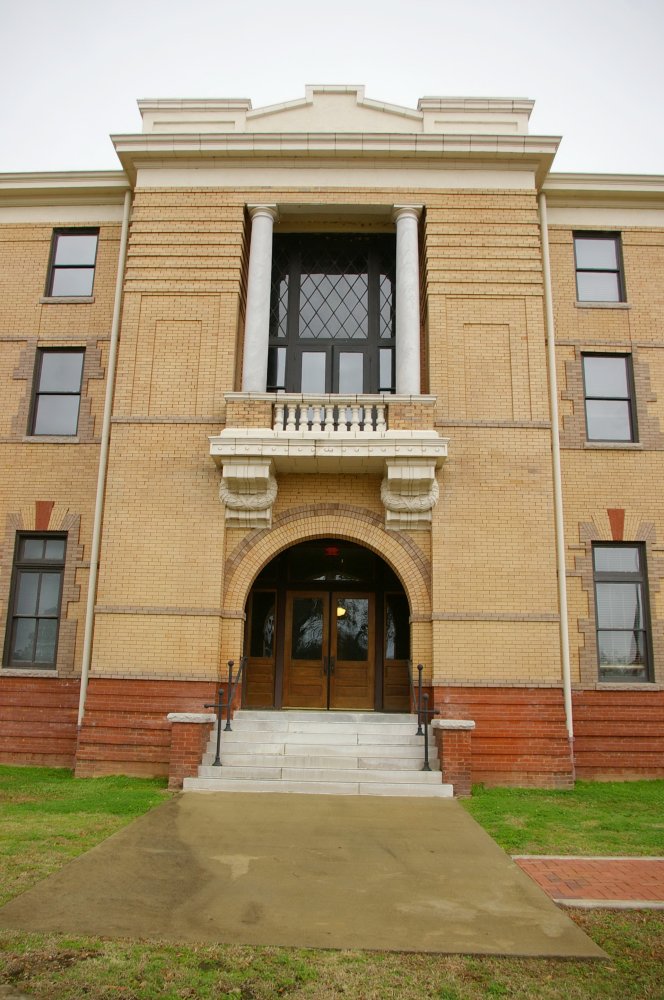
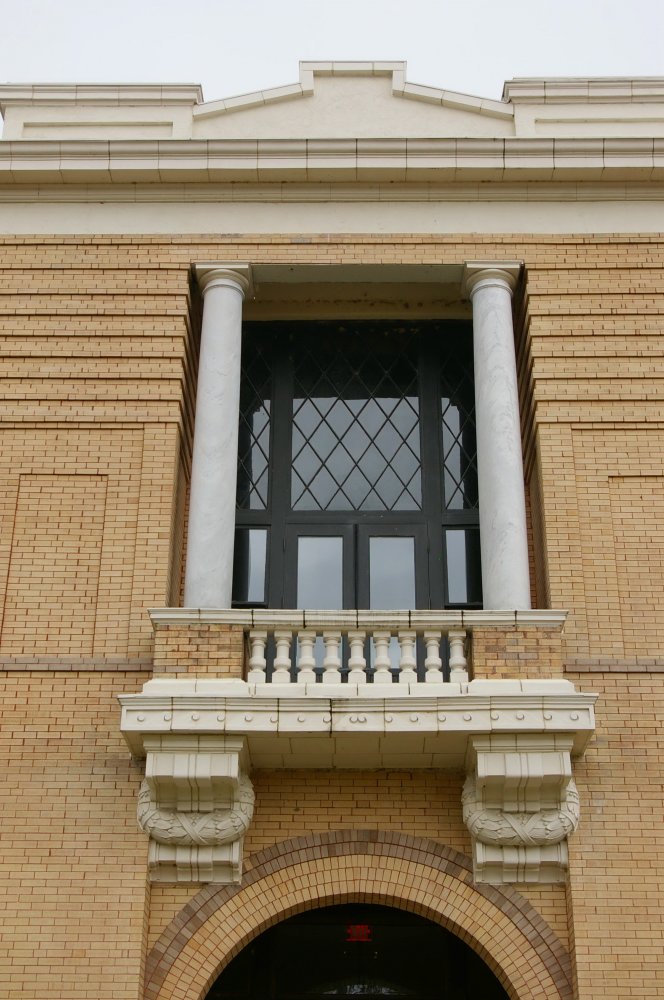
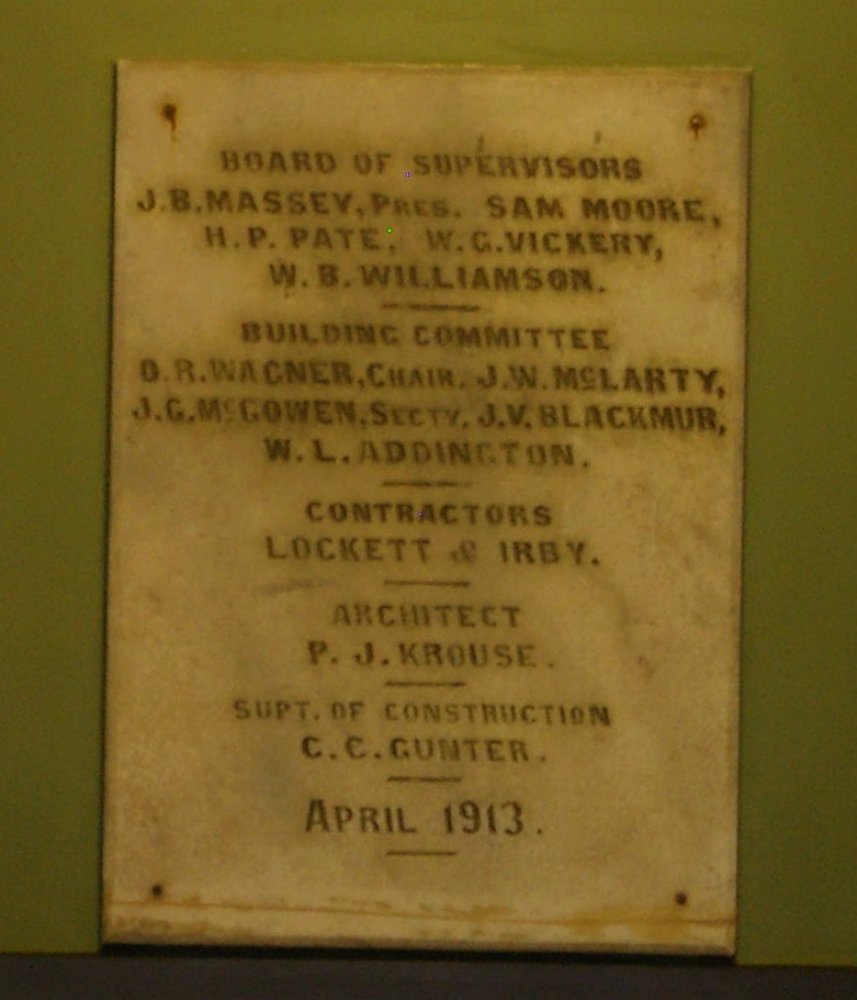
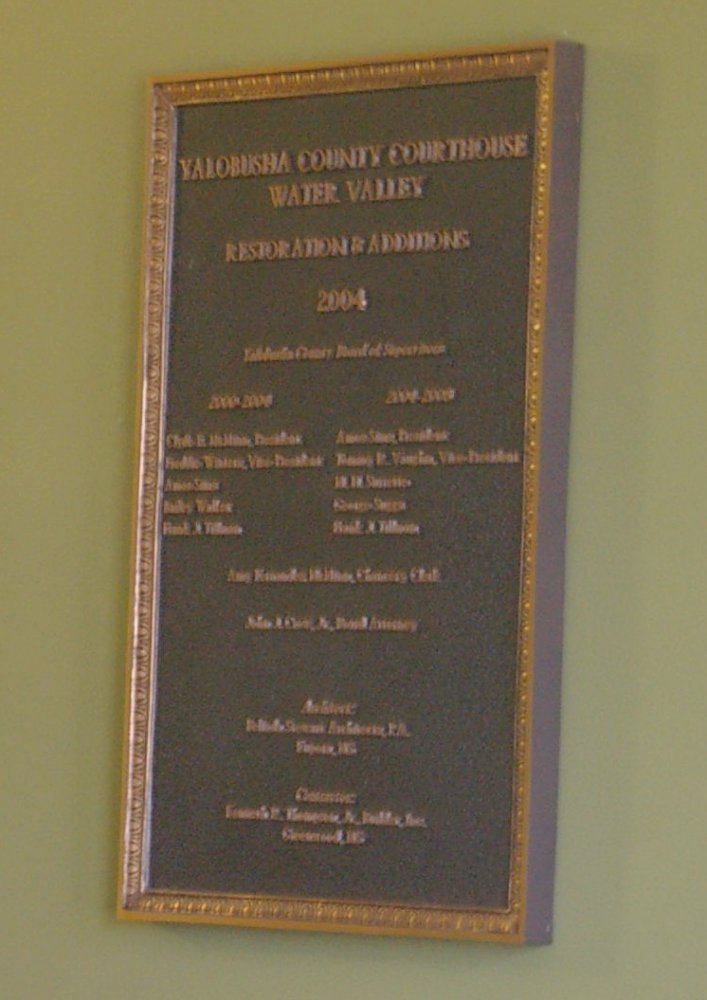
Photos taken 2012

